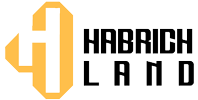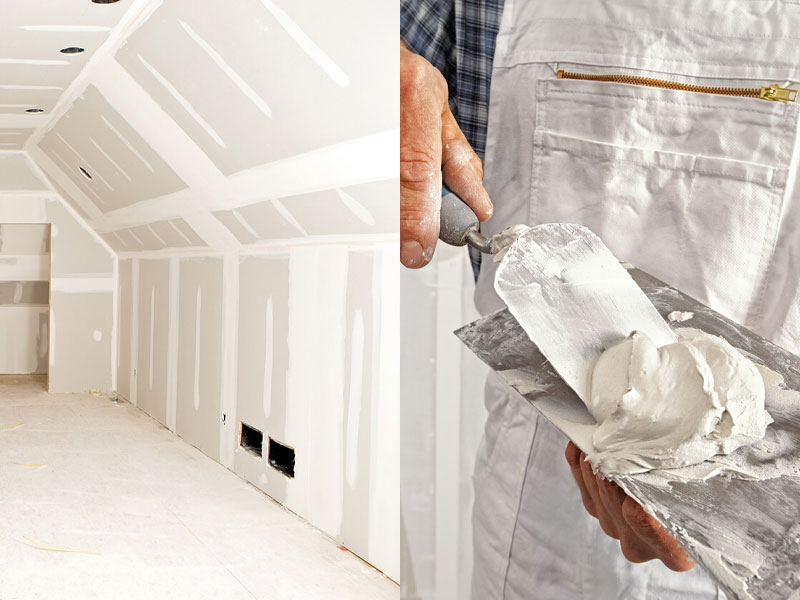When planning the design or renovation of a house, everyone typically considers features like granite countertops, spacious areas, and the number of windows to be added into the new space. Unfortunately, the importance of the interior walls, which are a crucial element of any house, is often ignored.
Inside Plaster
Gypsum is the most widely used type of wall plaster. Plaster walls are generally created through a three-coat process. The first step in this process is to attach the lath to the framing. In the past, lath was typically made up of wooden strips, but nowadays, metal or plasterboard has become more popular. The lath serves as a base for the cement to adhere to. When the lath is in place, the cement mixture is applied in three coats. These coats are known as the scratch coat, the brown coat, and the finish coat.
Scratch Coat: The scratch coat is the first coat and is applied to the lath. This coat is rough, and it helps to create a good bond between the lath and the following layers.
Brown Coat: The brown coat is the second layer and is applied over the scratch coat. The brown coat is smoother than the scratch coat and is used to create an even surface.
Finish Coat: The finish coat is applied at the end and is the final layer. This layer is the smoothest of the three and is used to create a polished look. When installing lath, several steps must be taken before the plaster can be applied.
When the lath is in position, the plaster must be mixed properly. This compound usually comes in a dry form and needs to be mixed with water to achieve the right consistency. However, the mixing process requires a certain level of expertise and knowledge to ensure that the plaster is not too thick or too runny. After the plaster is mixed, it can finally be sprayed onto the wall. The first layer of plaster, also known as the scratch coat, is applied and then scratched to create a surface for the subsequent coats to adhere to. This coat must be left to dry completely before the next coat can be applied.
The second coat, also known as the brown coat, is then applied to create a smoother and more even surface. This coat is allowed to dry completely as well before the final coat is applied. The final coat is responsible for the overall appearance of the wall and should be applied with care to ensure that it is even and free of imperfections. With these steps complete, the plastering process is finished and the wall is ready for painting or decoration.
Inside Drywall
Gypsum-based drywall is a construction material that is widely used for interior walls and ceilings. The process of manufacturing this material involves calcining gypsum, a naturally occurring mineral, and then mixing it with water and other additives to create a viscous substance. This substance is then flattened between two layers of paper and dried to form a solid, durable core. One side of the paper is smooth and sturdy, forming the face of the drywall, while the other side has got rougher texture. The rough side applies for easy adhesion to the framing and the application of joint compounds and other finishing materials. The resulting product is a versatile, lightweight, and cost-effective solution for creating partitions and walls in homes and commercial buildings.
The process of installing drywall involves several steps that are relatively simple when compared to the traditional method of plastering. First, the drywall sheets are cut to match the form of the walls, ensuring a perfect fit. These sheets are then anchored to the framing rough of the home using screws or nails. To provide an even edge to the corners, corner beads are attached to them. Then, the walls are taped using either fiberglass mesh or paper. This tape is applied to the corners, joints, and other areas where the drywall sheets are attached to the walls. Then, the standard three-layer joint cement is applied. The first layer is the most crucial and requires careful attention to ensure that it is smooth and even. After drying the first layer, the second layer is applied, and the process is repeated. After the third layer is applied, the walls are sanded to provide a smoother finish. The sanding process is essential to achieve a smooth look and get ready to be painted. The drywall is now firmly attached to the walls and ready to stand the test of time.
How can you tell the differences between plaster and drywall?
Drywall is made of a soft material known as gypsum that does not crack. It is a sheet of material that is attached to the wooden studs as they finish the interior of a home. Plaster, however, dries much faster than drywall and is more labor-intensive and costly.
What exactly is drywall made from?
Drywall is made from calcium sulfate (gypsum plaster) and other additives like mica and clay, as well as paper or cellulose.
Do wall panels cost less than drywall?
The price of wall paneling is different, but generally speaking, it’s more costly than drywall. Before making a final decision, you should look over the type of wall paneling that you’d like to see and determine if it’s similar to the price of the drywall.



Leave A Comment